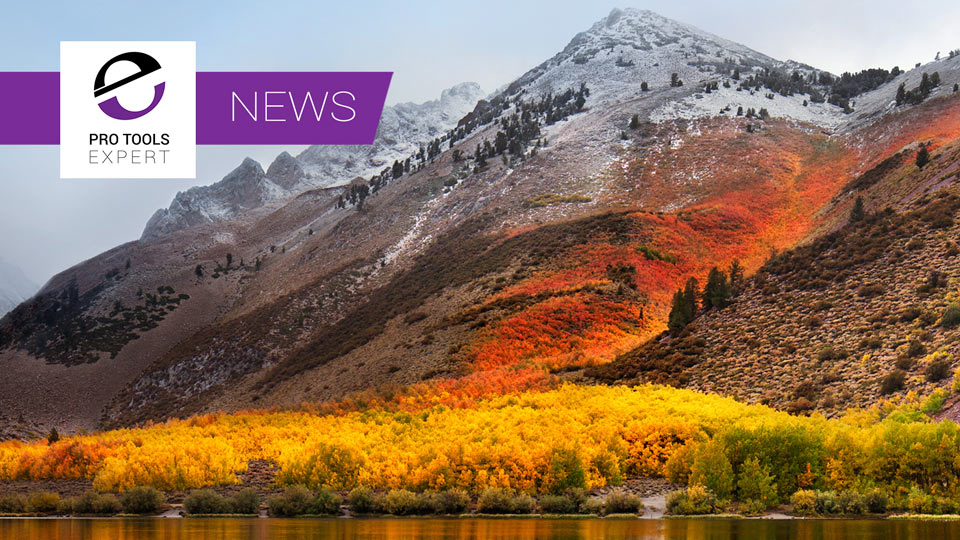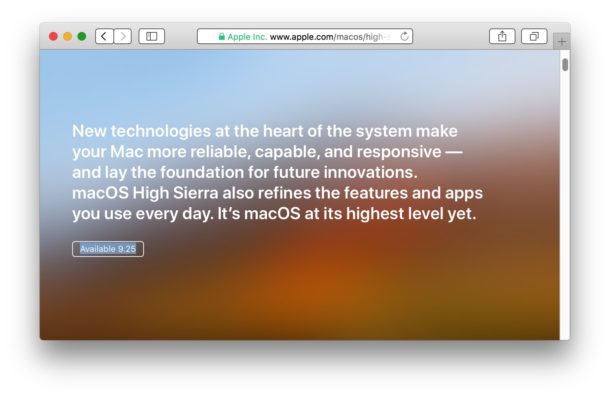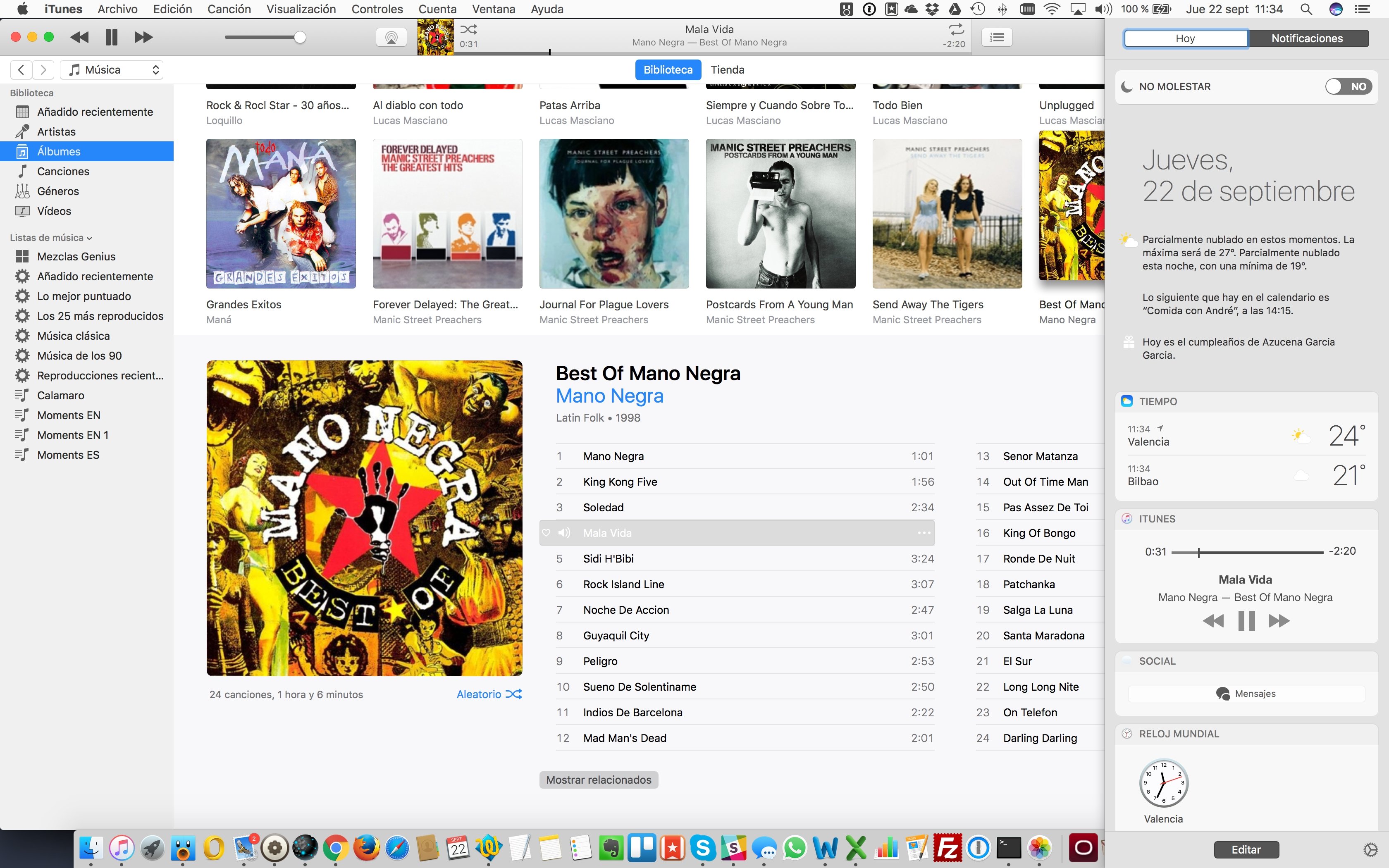


Therefore, if your computer’s hard drive already has Windows installed on it, you will not be able to install macOS on there, but High Sierra Installer automatically patches this so you can bypass this limitation. You can install it on a hard drive that already has Windows installed: By default, the macOS installer will not work with hard drives that were originally formatted in Windows.You can set up everything from a Windows / Linux computer. You do not need a real Mac: All other methods of Installing High Sierra require extensive knowledge + a Real mac because those guides are based on macs, but High Sierra Installer never require a mac, you can setup a Hackintosh without the need of a real mac.

A recommendation would therefore move up to 10.11 El Capitan. Update: Since the release of High Sierra it has to be presumed that also Yosemite is now some kind of abandonware. In terms of performance, security and support, whether from Apple or third party developers, Snow Leopard is not that good of a choice, especially if this machine is going to be used on the net. But there are now certain downsides to be considered for this approach. "If I buy Snow Leopard?" As stated above Snow Leopard should work. If it had Sierra previously installed and WiFi was working you are good to go with it. That might be the only real deal breaker for Sierra on this hardware. A 2009 MacBook Pro is listed there as a supported machine, in principle.īut be sure to verify your WiFi card is supported before you go that route. See this Sierrapatch to help you with that. (Which would be self-evident if the terminology used in the OP's question is accurate.) But Sierra can be installed and works for many more Macs than Apple allows. That sign you see on screen when booting an installer with the official version of Sierra shows you that Apple has blacklisted this machine from receiving this upgrade. (And now that High Sierra s released a re-download of the Sierra installer seems impossible…) It might also be a challenge to request that download from a machine that Apple is no longer supporting or if you want to use the AppStore and have not previously downloaded the installer with the AppleID currently in use. Sierra is not officially supported on that machine you have now.
#SIERRA FOR MAC DATE FULL#
Once that is downloaded or came otherwise into your possession in full then the app is transferable to other Macs.įor the actual install it is possible to create a real external install medium, most users opt for a USB-stick.Īn application that greatly simplifies the task is DiskMakerX. But you need access to an ***Install.app that is usually downloaded via the AppStore. To install any version of OS X/macOS it is strictly speaking not necessary to provide or even have an AppleID.

That translate into version numbers as anything from 10.5.7 (9J3050) to 10.11 (and with caveats: also 10.12) can be installed. This 2009 MacBook Pro should be able to boot anything from Leopard, Snow Leopard, Yosemite to Sierra.
#SIERRA FOR MAC DATE MAC OS#
Just to clarify the terminology used: If you ask about "reinstall macOS" that would mean macOS "Sierra", at least, strictly speaking, older versions of the Macintosh operating system are called Mac OS X.


 0 kommentar(er)
0 kommentar(er)
